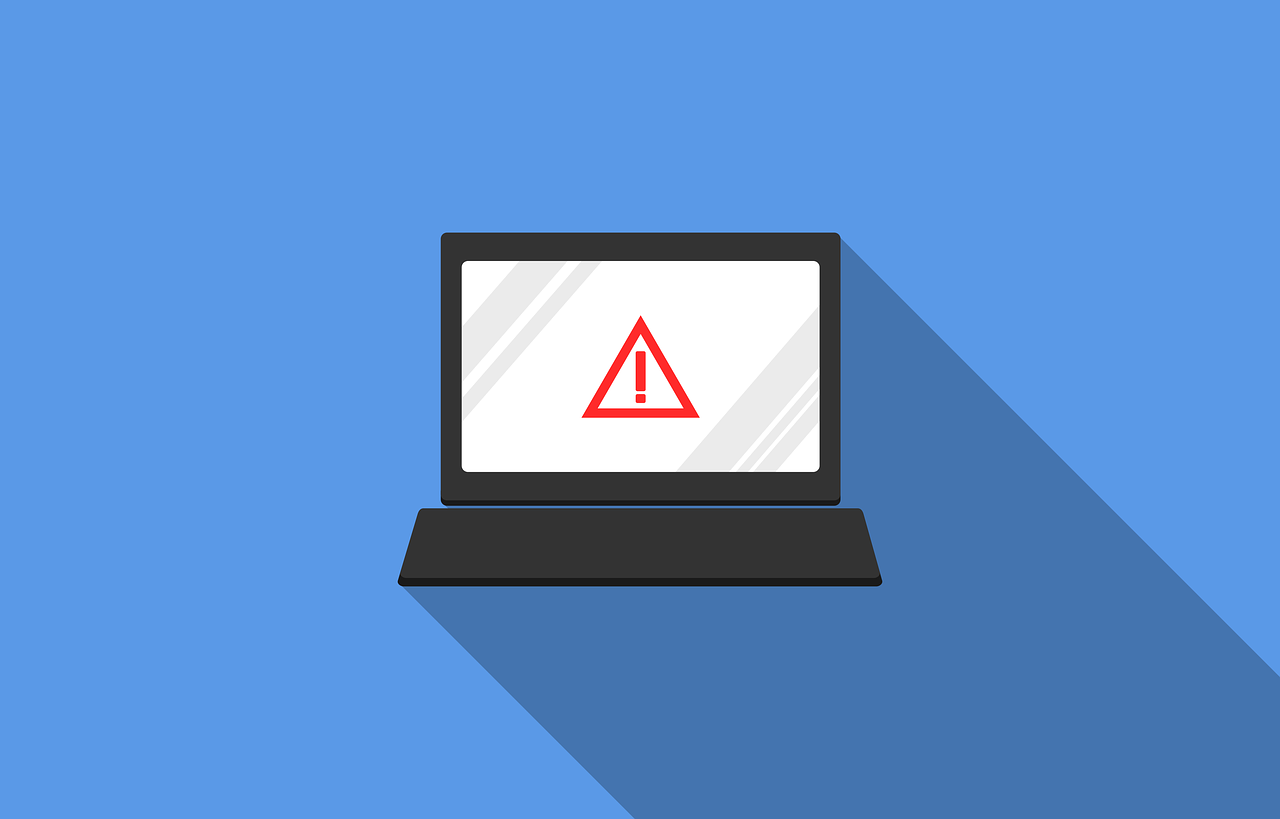
Over the past year, and even before then, many services have either fallen prey to hackers or suffered from accidental data breaches and leaks. Legislators are now cracking down, passing laws related to data breaches in several states. Singapore Health Services and other agencies were recently fined $1 million in response to data breaches that violated the country’s personal data protection act.
How bad is this problem? The World Economic Forum lists data breaches and cyber attacks as top global risks, alongside natural disasters and climate change. Worse, it seems as if security isn’t keeping up with technology. Nearly half of all IoT companies cannot detect when their devices have been breached.
Clearly, there’s more a lot at stake now. Businesses have to become more proactive in regards to customer data security. Below are a couple of solutions worth considering this year.
Businesses Can Implement Blockchain Tech to Prevent Data Breaches
The very nature of blockchain makes it a perfect fit for this application. The technology itself was created as a means to store data in a way that prevented it from being exploited by bypassing traditional, centralized methods of storage and access. This means that there is no single point of failure. Even if somehow hackers are able to access and disrupt one node, the breach doesn’t impact the security of all the data, recorded on the ledger.
Businesses across several verticals including finance, healthcare and e-government are now exploring new keyless signature infrastructure based on blockchain as a mean of authenticating and regulating data exchanges.
Prioritization And Risk Management Need to Drive Cyber Security Policy
75% of company leaders name cyber security as a top priority. The problem is that while understanding the importance of the issue is relatively easy, determining the best plan of attack isn’t. New technologies are creating new opportunities for hackers to cause damage. Organizations must identify where there greatest risks exist, and the data which requires the most protection. One emerging risk is spear phishing where company executives are targeted in order to gain access to the business’ most valuable data.
One global insurance company started with a less than successful, $70 million security initiative. The problems were that many of the suggested measures were never implemented, and there was significant resistance from other business areas. They were able to turn things around by including all impacted business areas in an analysis project to identify what data needed to be prioritized, thus gaining a more comprehensive plan moving forward as well as a buy-in.
That’s not to say that what worked for this insurance company will work for every organization. The point is that the risks are too many and growing, and it’s easy to get overwhelmed in dealing with everything at once. By identifying risks and creating a set of priorities, companies can launch an organized plan of attack.
Active Defense Methods Must be Deployed
Hackers are getting smarter and more organized. Not only that, but the cost of launching a massive attack is plummeting. Businesses that have traditionally taken a passive or reactionary approach to data security are most at risk. To prevent data breaches going forward, they’ll need to deploy active defense methods. This means anticipating potential attacks, and responding to them in real-time.
This can be done by implementing intrusion and anomaly detection systems, powered by big data analytics. The majority of businesses also switch to Java as their primary programming language as it offers greater security. Java programs can be designed to run in a “sandbox” environment – a measure that prevents many activities from untrusted resources. You can further monitor Java applications to ensure that no unsolicited actions take place and balance the performance of your applications in near real-time.
Big Data Will Play a Role in Learning to Prevent And Mitigate Attacks
Conversations about big data tend to focus on the huge sets of data that we collect on customers, customer behavior, sales transactions, etc. While that information is certainly important, that’s not the only data that is being collected. Businesses are also collecting information on security breaches, and analyzing that data to identify trends. In addition to this, existing data sets can also be mined to help determine statistical norms. Then, when operational data deviates from these norms, action can be taken.
Enforce Access Restrictions With Vigilance
The truth is, most violations don’t occur through backdoor attacks. They happen due to employee error, and in very circumstances, malicious activity. The key to preventing this is simply ensuring that employees can only access the data they need to do their jobs. This level of control should also take device policies into consideration.
Where many businesses fall flat is that they don’t see this as an ongoing process. Employees change departments, are promoted, or their duties change. Unfortunately, their permissions often remain unchanged. It’s imperative to regularly match employee’s required duties with their data access permissions.
Of course, training bears mentioning as well. As workers take on new positions or are given new duties, it’s dangerous to assume that they will simply know when and where data security risks exist. Part of training and onboarding should involve educating them about security procedures and risks that may be new to them.
Protecting your data against breaches must involve a multifaceted approach. This means employing innovative tech solutions, using data to your advantage, and ensuring that your workers are appropriately trained.